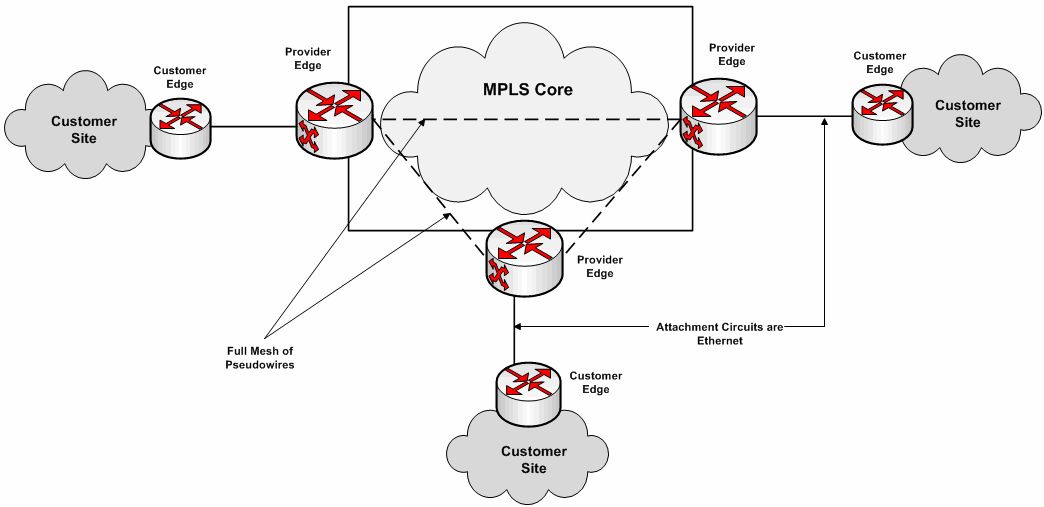1 Overview
This chapter describes the Oracle Communications Network Integrity Command Line Interface (CLI) cartridge.
CLI Cartridge Overview
The CLI cartridge enables you to build deployable cartridges that connect to devices and retrieve information by using CLI commands over Telnet or Secure Shell (SSH) protocol.
The CLI cartridge provides the following key features:
-
Telnet protocol and SSH communication with CLI devices
-
Record and playback of CLI communication
The CLI cartridge is an abstract cartridge, meaning that Oracle Communications Design Studio is used to configure and assemble the run time cartridge for devices before deploying it into Network Integrity. See "About the CLI Cartridge" for more information about the CLI cartridge and its components.
Because there are no globally common CLI commands among all CLI devices, you must build a specific extension to the CLI cartridge so it can communicate with a specific device. See Network Integrity Concepts for guidelines and best practices for extending cartridges.
The CLI cartridge ZIP file contains a reference implementation cartridge for discovering Cisco devices running the IOS XR operating system and retrieving information about virtual private LAN services (VPLSs) on the Cisco IOS XR devices. See "VPLS Reference Cartridge Overview" for more information.
VPLS Reference Cartridge Overview
Layer 2 VPN services are provisioned over an IP network that typically uses multi-protocol label switching (MPLS) to rapidly switch data packets supported by various Layer 2 technologies, including Ethernet, over the network.
Virtual leased line (VLL) and virtual private LAN service (VPLS) are mainly used to provide Layer 2 VPN services. The VPLS reference cartridge supports VPLS Layer 2 VPN services.
A VPLS provides Layer 2 Ethernet connectivity across multiple customer sites in a manner that is transparent to the customer edge (CE) devices. The service provider takes care of transporting the Layer 2 frames and switching them across the provider network from one customer site to another. Service providers typically offer VPLS over a shared MPLS-based IP network. A VPLS is deployed as a full mesh of pseudowires between the provider edge (PE) routers. Figure 1-1 illustrates the VPLS reference model.
A VPLS network includes the following components:
-
Customer edge (CE) router: The routers connecting individual customer sites to the service provider network.
-
Provider edge (PE) router: The service provider devices to which the CE routers are directly connected.
-
Core MPLS network: Interconnects the PEs where traffic is switched based on the MPLS labels.
-
Attachment circuit (AC): The physical or virtual circuit attaching a CE to a PE.
-
Pseudowire (PW): A term used to indicate an end-to-end path in a service provider network.
Using CLI commands, the VPLS reference cartridge does the following:
-
Discovers Cisco devices running the IOS XR operating system
-
Retrieves information about VPLS services on the Cisco IOS XR devices
-
Models logical device hierarchies that represent the discovered Cisco IOS XR devices
-
Models the VPLS service hierarchy
The VPLS reference cartridge supports discovery of both Border Gateway Protocol (BGP) and Label Distribution Protocol (LDP) signaling for a VPLS service, including BGP auto-discovery and manual discovery of devices in VPLS services. The VPLS reference cartridge does not support the discovery of hierarchical VPLS (HVPLS) services.
The VPLS reference cartridge provides no integration with other products but may be extended. This cartridge is designed to discover only Cisco devices running IOS XR.
See "About the VPLS Reference Cartridge" for more information about the VPLS reference cartridge and its components.
About the Cartridge Dependencies
This section provides information about dependencies that the CLI cartridge and VPLS reference cartridge have on other entities.
Run-Time Dependencies
The CLI cartridge and VPLS reference cartridge require that the Address_Handlers cartridge be deployed to Network Integrity.
Design-Time Dependencies
To load the CLI cartridge into Design Studio, the following cartridge projects must be installed:
-
Address_Handlers
-
NetworkIntegritySDK
-
ora_uim_model
-
ora_ni_uim_device
The load the VPLS reference cartridge into Design Studio, the following cartridge projects must be installed:
-
Address_Handlers
-
NetworkIntegritySDK
-
ora_uim_model
-
ora_ni_uim_device
-
Abstract CLI cartridge
Downloading and Opening the Cartridge Files in Design Studio
To review and extend the CLI cartridge and the VPLS reference cartridge, download the VPLS Cartridge ZIP file from the Oracle software delivery website:
The VPLS Cartridge ZIP file has the following structure:
-
\Network_Integrity_Cartridge_Projects\Abstract_CLI_Cartridge
-
\Network_Integrity_Cartridge_Projects\Cisco_IOS_XR_Model
-
\Network_Integrity_Cartridge_Projects\VPLS_Cartridge
The Abstract_CLI_Cartridge project and the VPLS_Cartridge project contain the extendable Design Studio files.
You must open the files in Design Studio before you can review and extend the cartridges.
See Network Integrity Developer's Guide for information about opening files in Design Studio.
